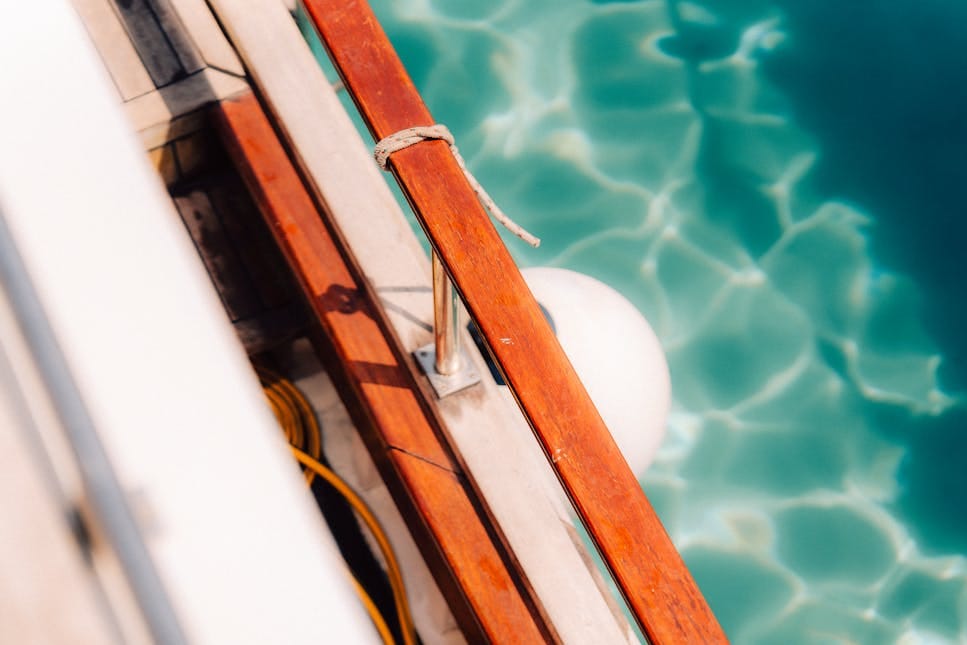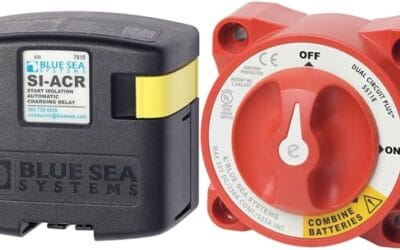Boat fenders are an essential part of any boater’s equipment, serving as the first line of defense against damage. Whether docking at a marina, rafting up with other boats, or protecting your vessel from rough pilings, fenders are crucial in safeguarding your boat. Acting as a buffer between your hull and external surfaces, they absorb impacts and prevent costly repairs. Proper selection and use of fenders are critical to ensuring your boat remains unscathed in challenging conditions.
How Do Boat Fenders Work?
Boat fenders act as a cushion, absorbing the shock caused by your vessel contacting docks, pilings, or other boats. Positioned strategically, they help prevent scratches, dents, or more severe damage. When tied to floating docks, fenders are usually placed just above the waterline to maintain an effective buffer zone. In rafting scenarios, they protect the widest points of contact between boats. Docking alongside pilings often requires additional tools like fender boards, which span the gap between pilings and help fenders stay in place.
Customizing permanent slips with dock guards, wheels, or cushions can provide extra protection. These setups often remain fixed to the dock rather than the boat, ensuring consistent safety without the risk of fenders swinging out of position. For more about fender placement and types, explore the guidance offered by the U.S. Coast Guard’s Boating Safety Division.
Choosing the Right Fender Size
Selecting the correct size is crucial for effective protection. A general guideline is to use one inch of cylindrical fender diameter or two inches of spherical fender diameter for every 4–5 feet of boat length.
For instance, a 20–25-foot boat may require cylindrical fenders with a diameter of 6–6.5 inches or spherical fenders with a diameter of 15 inches. Larger boats, especially those over 50 feet, will benefit from fenders with at least 12 inches in diameter.
Remember, fender size should also account for location and conditions. Boats in areas with strong tidal surges or chop (e.g., San Francisco Bay) may need larger or additional fenders than those docked in calm lakes.
Recommended Fender Sizes:

How Many Fenders Are Necessary?
The number of fenders you need depends on your boat’s length and typical docking scenarios. A widely accepted rule is to have one fender for every 10 feet of boat length, plus one additional for extra security. For example, a 30-foot vessel would ideally require four fenders. Keep in mind that extra fenders may be necessary in challenging environments or when rafting with other boats.
Having an adequate number of fenders ensures you can adapt to various docking situations, providing comprehensive protection for your boat’s hull and structure.
Proper Placement of Fenders
The effectiveness of fenders lies in their placement. Position them along critical areas such as the bow, midship, and stern. For example, a 30-foot boat benefits from a fender near the bow to shield the forward section, two fenders along the midship for beam protection, and one at the stern to safeguard the aft. In scenarios involving pilings, fender boards can help maintain a secure buffer, preventing fenders from being pushed aside.
Horizontal and vertical hanging options offer flexibility. While vertical placement works well for most docking situations, horizontal arrangements are ideal for protecting longer sections of the hull.
Types of Boat Fenders
The variety of fender designs ensures there is a solution for every type of boat and docking condition. Cylindrical fenders are versatile and suitable for most recreational boats, while round fenders are common for larger vessels and commercial use. Flat fenders, often modular or articulating, provide compact protection for boats with inward-sloping sides.
Specialized designs include transom fenders for stern-to docking, rafting cushions for boats tied together, and pontoon fenders that protect the unique corners and fencing of pontoon boats. Rugged options like Tuff End fenders are popular for heavy-duty applications, providing reliable protection for larger or commercial vessels. For more information on selecting the right fender type, consult the American Boating Association’s resources.
Maintaining and Storing Fenders
Proper maintenance ensures your fenders remain effective for years. Rinse them with fresh water after each use to remove salt and debris, and inspect them regularly for cracks or deflation. Store them in a dry, shaded location when not in use to prevent UV damage. Accessories like fender covers help keep fenders clean and scuff-free, while fender racks provide convenient storage on stanchions.
Keeping fenders inflated to their optimal pressure is crucial for performance. Hand-operated fender pumps are a simple tool to maintain the right inflation levels, ensuring your boat is always protected.
Enhancing Fender Use with Accessories
Fender accessories can improve functionality and ensure better performance. Fender covers protect against dirt and abrasions, while fender racks make storage easy. Alkaline battery packs extend the life of inflatable fenders during extended trips. Drop-in chargers are ideal for maintaining battery-powered fenders, ensuring they’re ready when needed. For safety tips and accessory usage, the National Safe Boating Council’s guide is an excellent resource.
Navigating Your Fender Choices
Boat fenders are an indispensable tool for protecting your vessel. Selecting the right size, type, and number of fenders, combined with strategic placement, ensures comprehensive safety in any docking situation. Regular maintenance and thoughtful use of accessories further enhance their effectiveness, allowing you to enjoy worry-free adventures on the water. With the right preparation, your fenders will serve as reliable guardians of your boat’s integrity for years to come.


